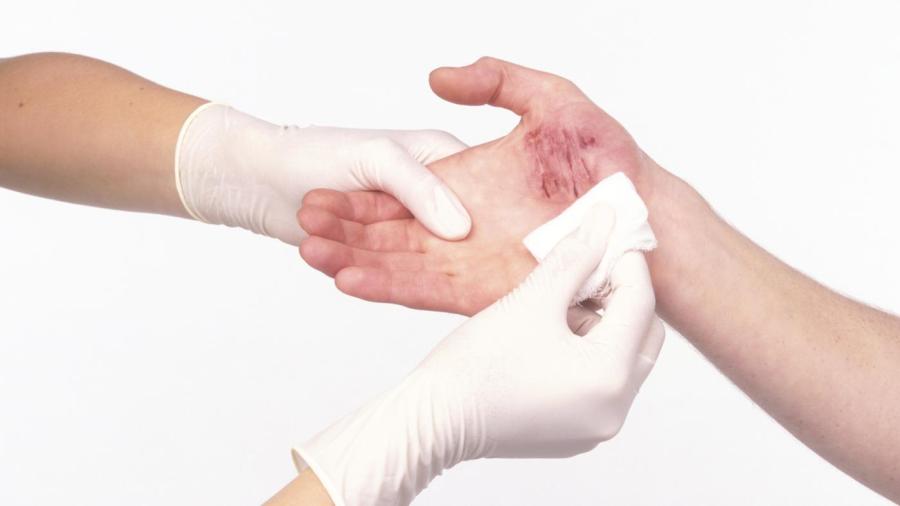How Does Hydrogen Peroxide Kill Bacteria?

Hydrogen peroxide kills bacteria by oxidizing their cell walls, stealing electrons from them and disrupting their chemical structures. Hydrogen peroxide is a compound with two hydrogen atoms and two oxygen atoms. It is very similar to water, but it has an extra oxygen atom that is shed readily to react with its environment, often in ways that are destructive to surrounding organisms.
The destructive oxygen in hydrogen peroxide is known as a free radical. The peroxide group, which is composed of two oxygen ions, reacts with bacterial cell walls and other cells’ structures. Each oxygen atom has an unpaired electron, which is highly unstable and makes it extremely reactive.
While hydrogen peroxide is a common disinfectant due to its bacteria-killing properties, it is dangerous to human cells as well as bacteria. It damages the surrounding tissue if it is left on a wound for too long. At higher concentrations, it is corrosive. The body has some defenses against this activity, however, which produces the foaming often noted after hydrogen peroxide application.
The human body has certain enzymes that help break down peroxides before they do too much damage, because such free radicals are formed naturally during aerobic respiration. The focus on dietary antioxidants in recent years arises from metabolic free radicals damaging human cells in the same way that manufactured peroxide does.





